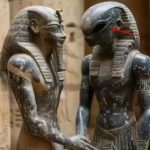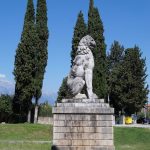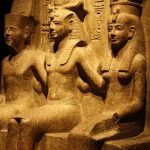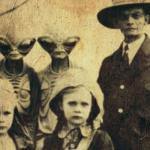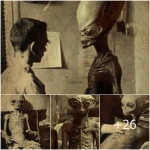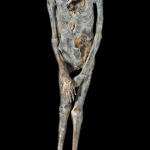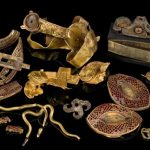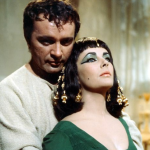Minoan Bull’s Head Rhyton from Zakros, Crete, c. 1500–1450 BC
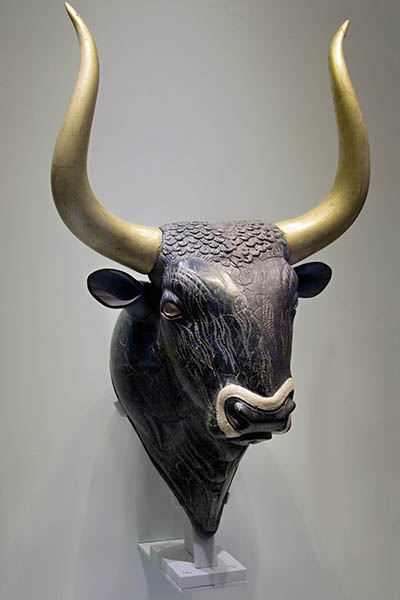
The Minoan Bull’s Head Rhyton, dating back to 1500-1450 BC, stands as a testament to the artistic and cultural achievements of the Minoan civilization. Discovered in the Central Sanctuary Complex in Zakros, Crete, Greece, this exquisite artifact offers valuable insights into the religious beliefs, rituals, and artistic prowess of the ancient Minoans.
The Minoan civilization, flourishing on the island of Crete during the Bronze Age, is renowned for its advanced urban centers, vibrant trade networks, and rich artistic tradition. The Bull’s Head Rhyton exemplifies the Minoans’ deep connection with nature, particularly their reverence for the bull, which held significant symbolic and religious importance in Minoan society.

The rhyton, a ceremonial vessel used for libations or pouring liquids as offerings in religious rituals, takes the form of a bull’s head. Crafted from precious materials such as gold, silver, or bronze, these vessels were intricately designed and often adorned with elaborate decoration. The Bull’s Head Rhyton, made of steatite and adorned with intricate carvings and painted details, exemplifies the Minoans’ mastery of craftsmanship and artistic expression.
The bull held a central place in Minoan religious iconography and mythology, symbolizing strength, fertility, and vitality. It was associated with the worship of the Mother Goddess, a prominent deity in Minoan religion who represented nature, fertility, and the cycle of life. Bulls were also featured in bull-leaping ceremonies, a daring and acrobatic ritual depicted in Minoan frescoes and seal impressions.
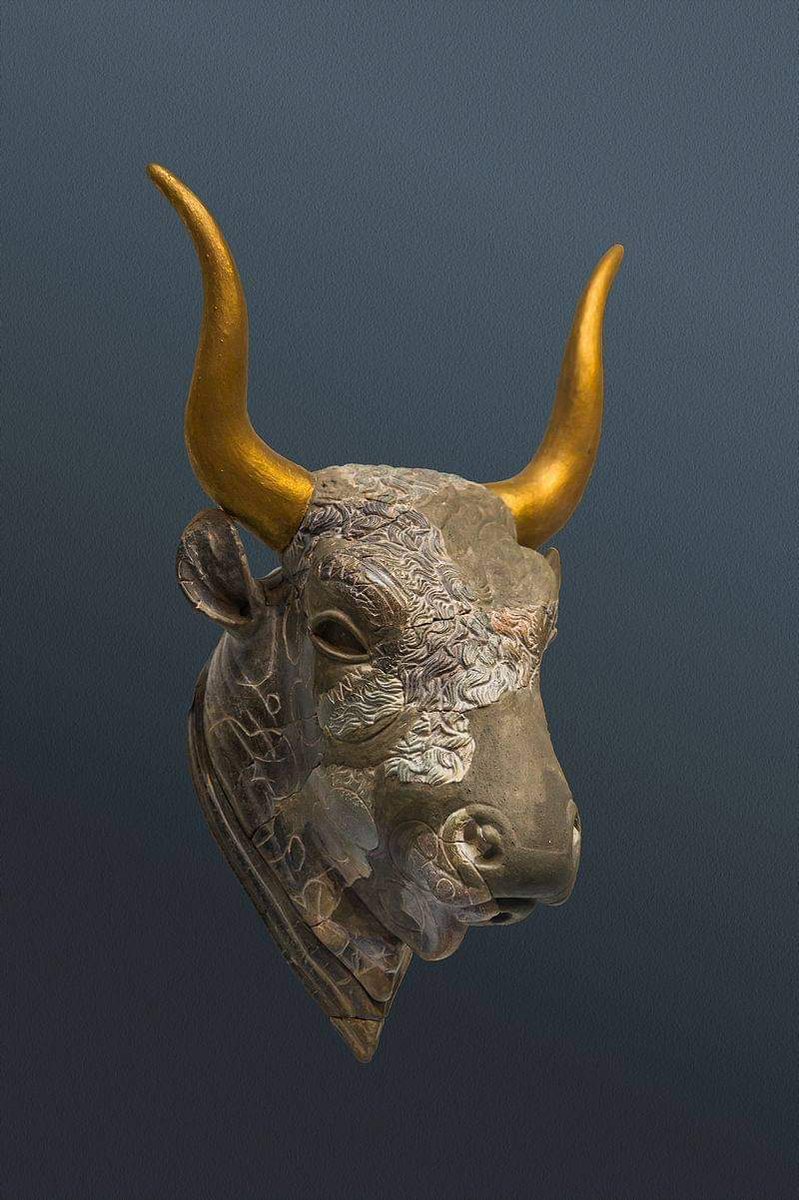
The discovery of the Bull’s Head Rhyton in the Central Sanctuary Complex at Zakros underscores its significance in religious ceremonies and communal rituals. The sanctuary complex, believed to have been a religious and administrative center, was a focal point of religious activity where offerings were made, ceremonies performed, and community gatherings held. The presence of such a finely crafted rhyton suggests that it was used in important religious rites, perhaps as a vessel for pouring libations or as a symbol of divine connection.
Furthermore, the intricate carvings and painted details on the Bull’s Head Rhyton offer valuable clues about Minoan artistic techniques and stylistic conventions. The Minoans were renowned for their vibrant frescoes, intricate seal stones, and skillful pottery, all of which showcased their mastery of form, color, and composition. The Bull’s Head Rhyton, with its lifelike portrayal of the bull’s head and meticulous attention to detail, exemplifies the Minoan aesthetic sensibility and their ability to capture the essence of the natural world in art.
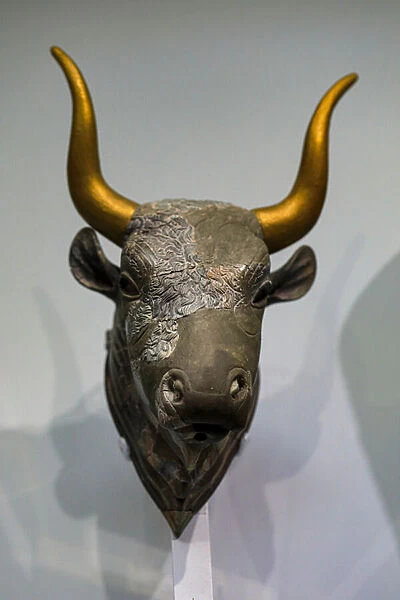
In addition to its artistic and religious significance, the Bull’s Head Rhyton serves as a tangible link to the past, connecting us to the lives, beliefs, and rituals of the ancient Minoans. Through careful study and analysis, archaeologists and historians can glean valuable insights into Minoan society, including its religious practices, social structure, and cultural identity.
In conclusion, the Minoan Bull’s Head Rhyton from the Central Sanctuary Complex in Zakros, Crete, is a remarkable artifact that encapsulates the artistic, religious, and cultural achievements of the Minoan civilization. Its intricate craftsmanship, symbolic significance, and historical context offer a window into the world of ancient Crete and the enduring legacy of Minoan art and culture.
